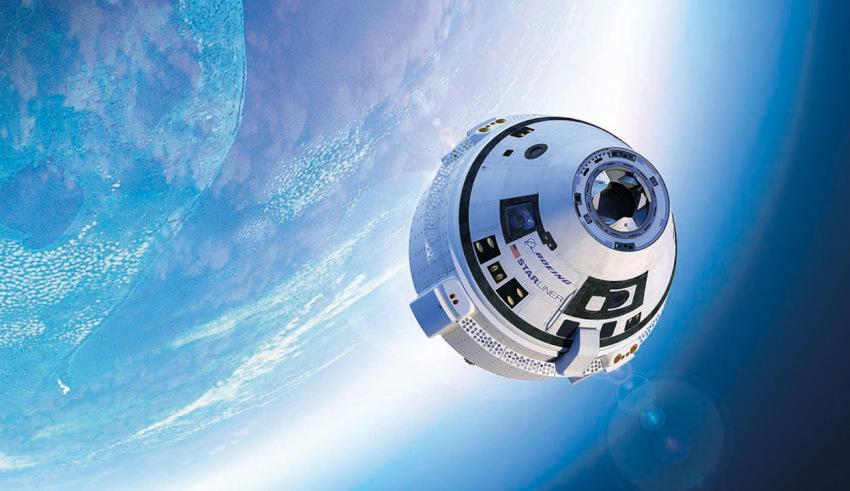A leading defence and aerospace prime confirmed its Australian team will have its virtual reality solution used on the CST-100 Starliner capsule, while also announcing its latest agreement with an Australian SME.
To continue reading the rest of this article, please log in.
Create free account to get unlimited news articles and more!
At the International Astronautical Congress (IAC2017) in Adelaide, Boeing confirmed the work of its Brisbane team will contribute to the CST-100 Starliner for NASA service missions to the International Space Station.
The work will provide a high-resolution, interactive, real-time simulation to supplement Boeing's physical Starliner simulator.
The VR technology is a low-cost training alternative for astronauts to familiarise themselves with operating Starliner and perform training procedures, including how to dock with the International Space Station.
Jim Chilton, senior vice president of Boeing Space and Missile Systems, said the work of Boeing Australia's Brisbane team will help not only NASA, but also the international space agencies with which it works.
"Space exploration is a human endeavour that has brought nations together, like we’ve seen with the International Space Station," Chilton said.
"Having Boeing’s Australian team work together with our US team will benefit NASA and the international space agencies it works with as well as the Australian Defence Force."
Boeing also announced it signed an agreement with Australian space VR supplier Opaque Space, a small enterprise in Melbourne.
Opaque Space will collaborate with Boeing’s Brisbane team on future virtual reality space training scenarios for the Starliner.
Opaque Space chief executive Emre Deniz said the collaboration with Boeing will go a long way in showcasing Australia's strong presence in the virtual reality sector.
"We’re proud of our journey: from virtual reality gaming to working with NASA to now partnering with Boeing, the world’s largest aerospace company," said Deniz.
"It’s especially gratifying to demonstrate Australian technical leadership in an emerging area like virtual reality."
The ADF currently has Boeing-built satellite communications supporting its operations. Australia became the first international participant in the Wideband Global SATCOM (WGS) system under a co-operative agreement with the US Air Force in 2007. WGS provides flexible, high-capacity, resilient communications capabilities and crucial connectivity for the ADF.

 Login
Login







